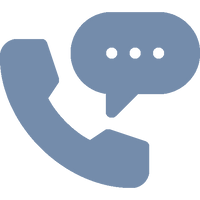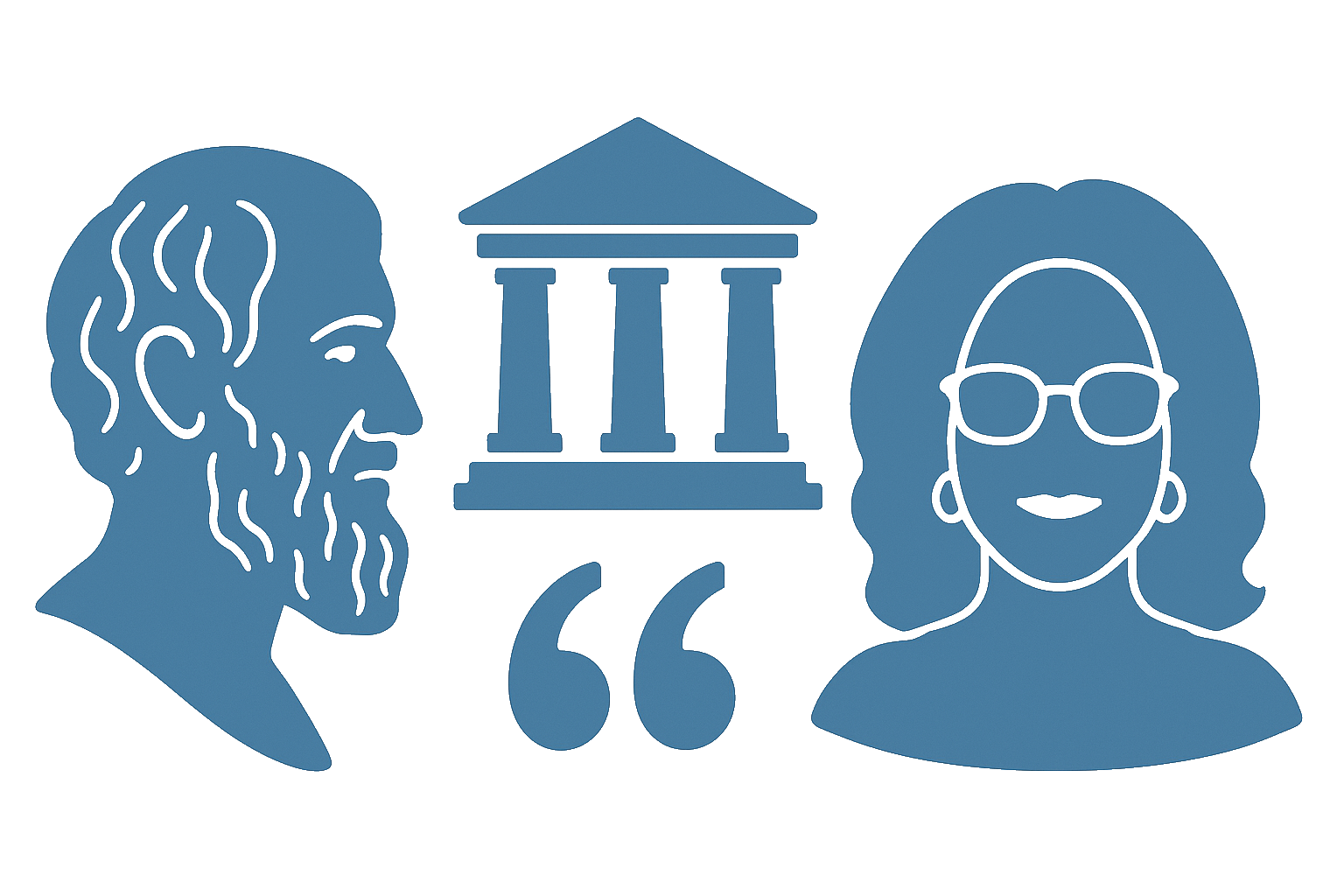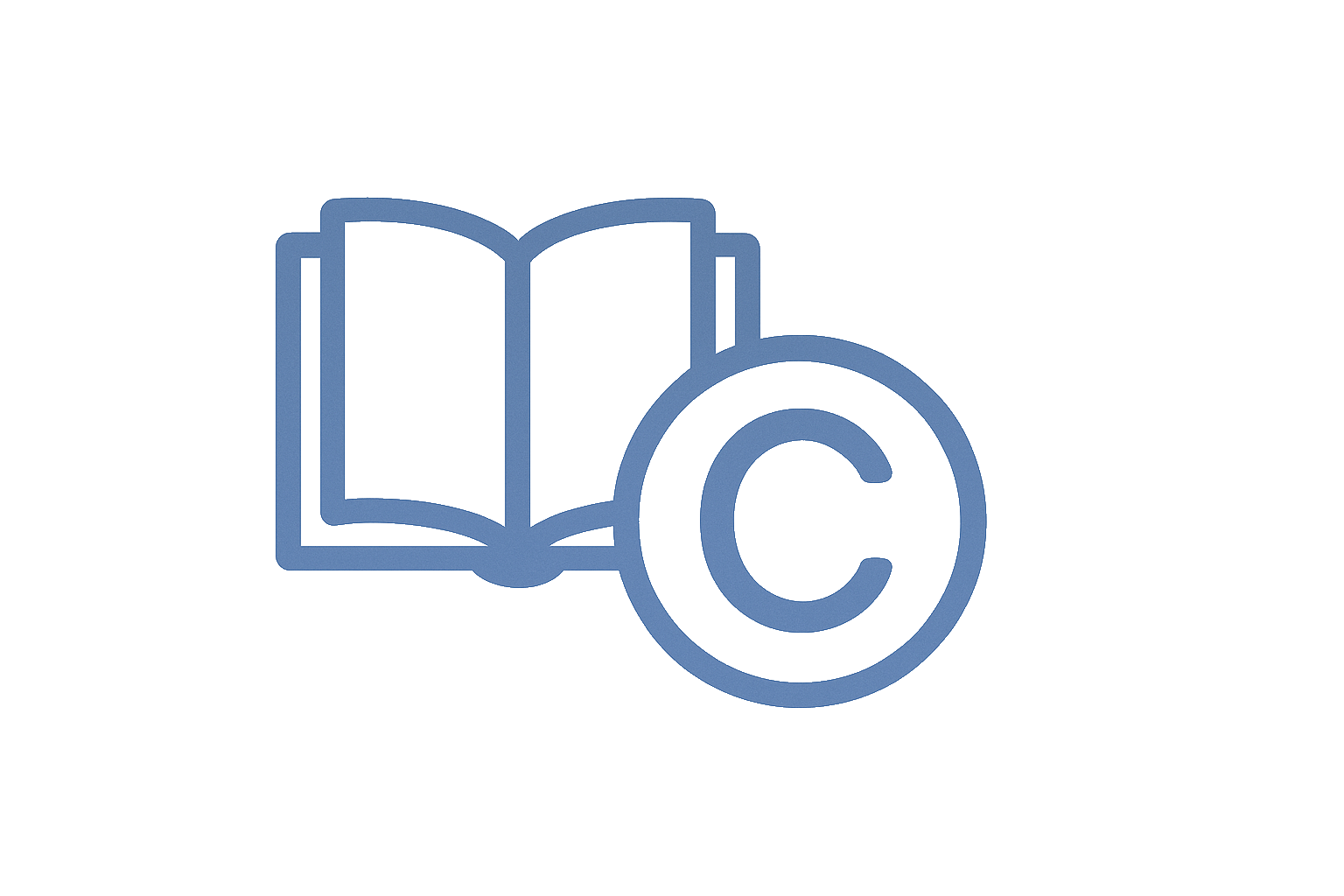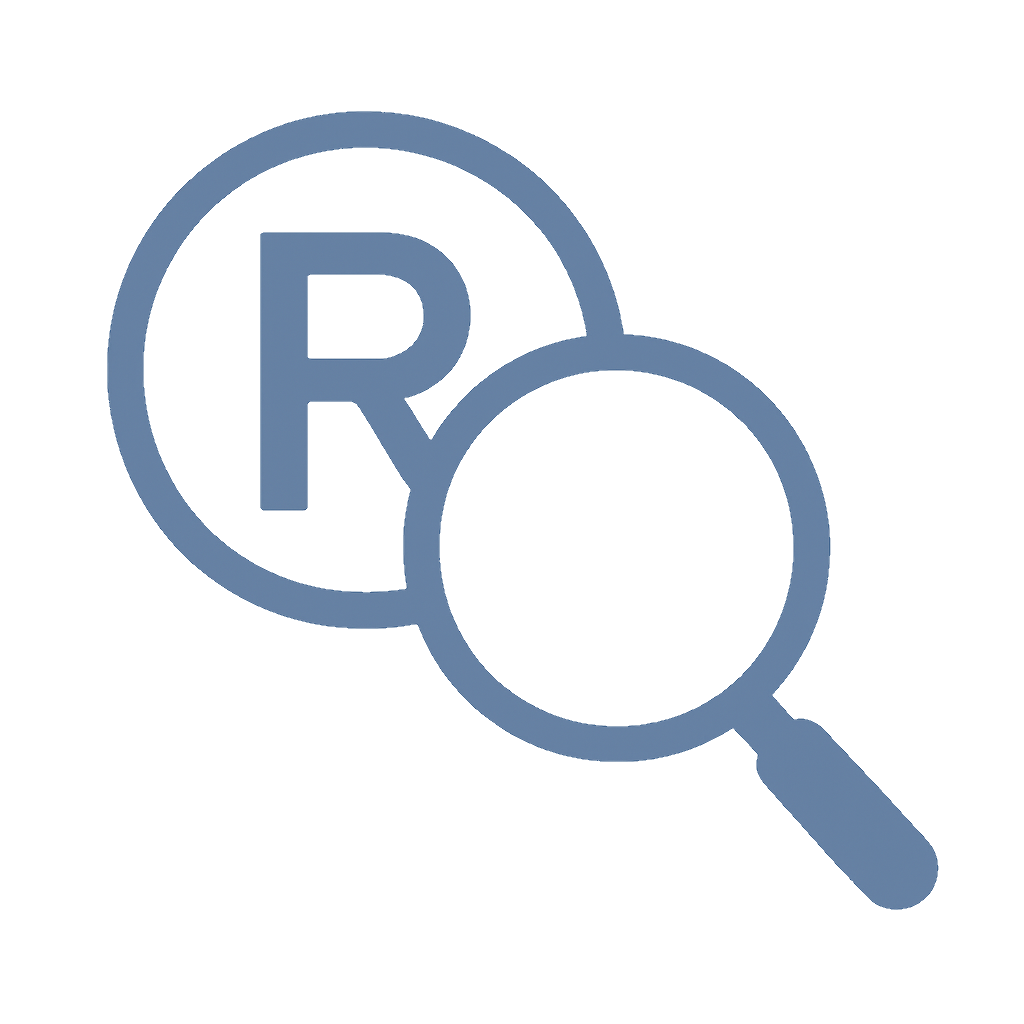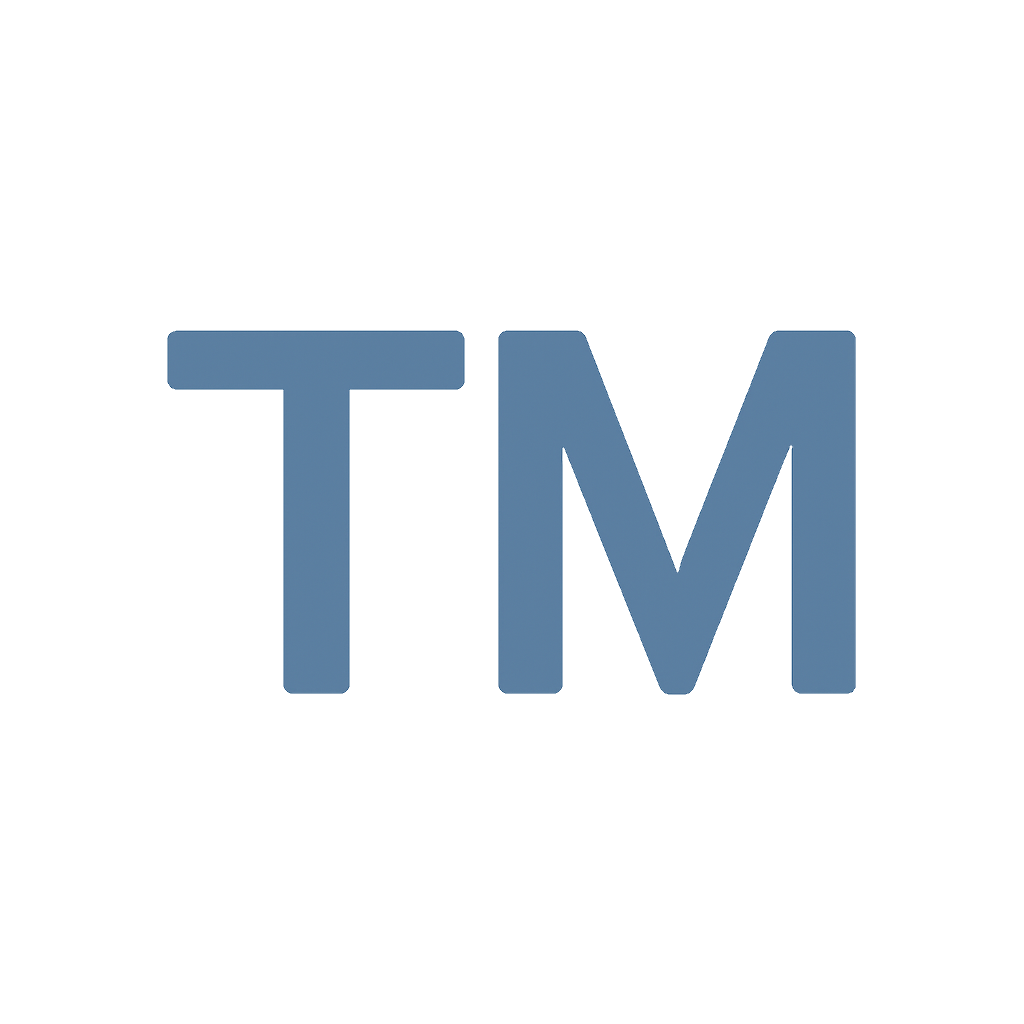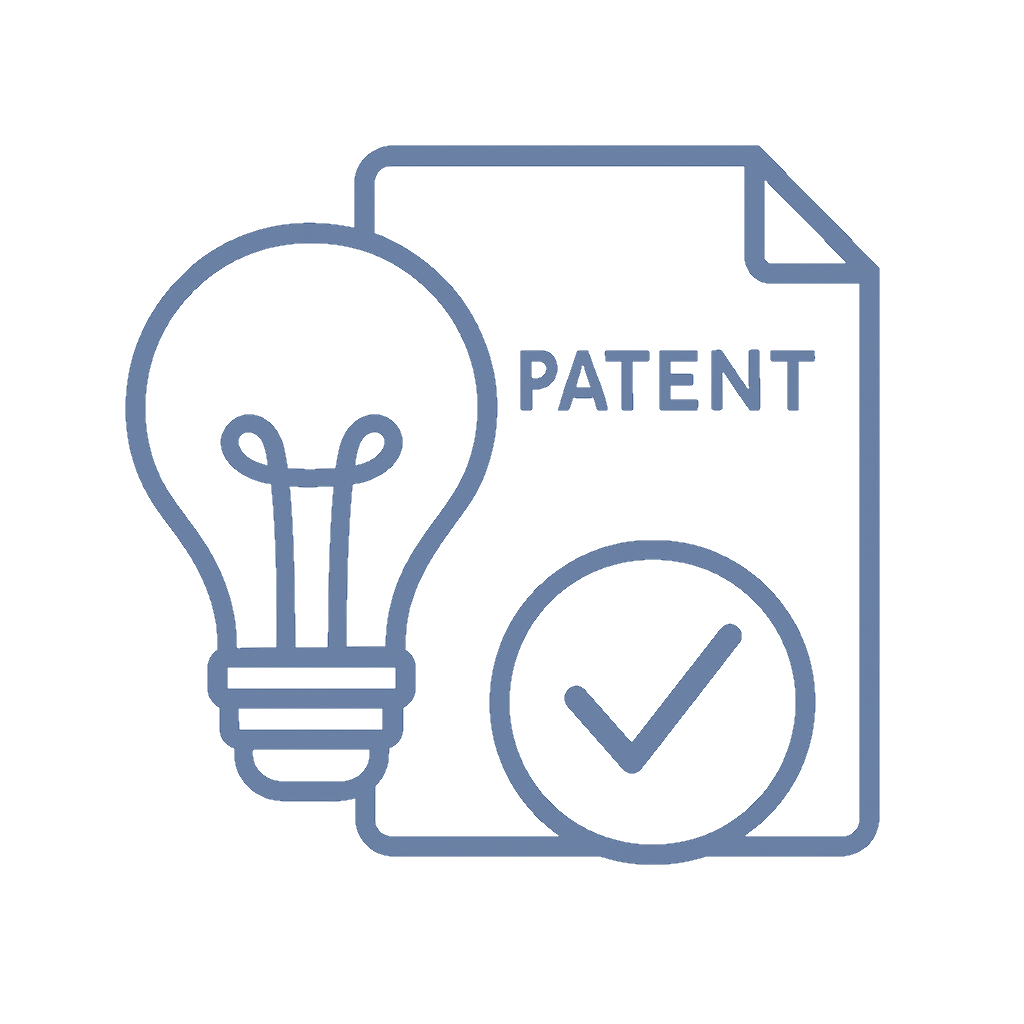
Quick Summary:
Quick Answer: Copyright ownership belongs to the creator unless transferred or shared through agreements. A claimant is someone who asserts rights to a copyrighted work.
Quick Overview: Copyright law determines who owns creative works, from books to music to inventions. This article explores how ownership is defined, what it means to be a claimant, and how contributions impact legal rights.
Common Questions & Answers
1. Who owns a copyrighted work?
The original creator is typically the owner unless rights are assigned to someone else through a contract, employment, or licensing agreement.
2. What is a copyright claimant?
A copyright claimant is someone who asserts a legal right to a copyrighted work, whether as an original creator or as an assignee.
3. Can multiple people own a copyrighted work?
Yes, joint ownership can exist if multiple contributors have agreed to share rights, or if collaboration inherently produces a co-authored work.
4. How do copyright transfers work?
Ownership can be transferred via written agreements, contracts, or work-for-hire arrangements, ensuring the rights are legally reassigned.
5. Can copyright be inherited?
Yes, copyright ownership can be passed to heirs upon the original creator's death, unless specific agreements dictate otherwise.
![]()
Step-by-Step Guide to Understanding Copyright Ownership
-
Determine Original Authorship – Identify who created the work and their rights under copyright law.
-
Check Employment Contracts – Works created under employment may belong to the employer.
-
Review Collaborative Agreements – Joint works require clarity on ownership splits.
-
Understand Licensing vs. Ownership – Licensing grants usage rights, but ownership remains with the original holder.
-
Consult Legal Experts – If unsure about ownership, seek legal counsel to clarify claims and rights.
Historical Context of Copyright Ownership
Copyright law dates back to the Statute of Anne (1710), the first real legal protection for creators. Before this, authors had little control over their works, as printing monopolies dominated distribution. The U.S. Copyright Act of 1790 further refined these protections, allowing individuals to claim ownership for a set term. Over time, laws evolved to extend protection, including work-for-hire provisions and fair use doctrines. Today, digital media complicates ownership, with legal battles over memes, AI-generated works, and online collaborations becoming more common.

Business Competition Examples
1. Disney vs. Public Domain: Disney fiercely protects Mickey Mouse's copyright, delaying public domain status through legal efforts.
2. Marvel Artists vs. Studios: Comic book creators have fought for rights to characters they helped develop under work-for-hire agreements.
3. Music Sampling Cases: Artists like Robin Thicke and Pharrell Williams faced lawsuits for songs that resembled copyrighted material.
4. AI-Generated Art Ownership: Courts are debating whether AI-created works belong to developers, users, or no one at all.
Discussion
Copyright ownership is a legal and ethical issue affecting various industries. Authors, musicians, and visual artists must navigate contracts, joint works, and licensing to retain control over their creations. Employers and corporations often hold copyrights for work produced under contracts, leading to disputes over rightful ownership. The rise of digital media and AI-generated content further complicates these issues, raising questions about originality, intellectual property, and fair compensation. Legal frameworks continue to evolve, but creators must remain vigilant in protecting their rights.
Determining an individual’s contribution to a copyrighted work can be complex. Contribution is often assessed based on:
-
Creative Input: The extent to which a person has provided original ideas, concepts, or direction.
-
Execution & Development: The actual work put into materializing a concept into a final product.
-
Legal Agreements: Any pre-existing contracts or understandings that outline contributions and ownership percentages.
-
Financial Investment: If a contributor has provided funding, this may influence ownership rights.
The estimated percentage of contribution is generally calculated based on a combination of creative and material input. Courts may rely on contracts, collaboration agreements, and industry norms to determine fair division. When there is no written agreement, disputes often arise, making it essential for contributors to document their work and efforts.
A claimant is an individual or entity asserting rights over a copyrighted work. Determining who qualifies as a claimant depends on several factors:
-
Original Creation: Whether the individual has created the work or a significant part of it.
-
Assignment or Transfer: If rights were legally transferred to the claimant.
-
Work-for-Hire Status: If the work was created under employment or contract, ownership might reside with the employer.
-
Heirs or Estates: Copyrights can be inherited, making heirs valid claimants.
Why does this all matter? Ownership of copyright determines who benefits financially from creative works, who controls its distribution, and who has the legal authority to enforce or transfer rights. Unclear ownership can lead to costly disputes, legal battles, and loss of revenue. By properly documenting contributions, understanding claimants' rights, and ensuring legal agreements are in place, individuals and businesses can protect their intellectual property effectively.

The Debate: Individual vs. Corporate Ownership
Side 1: Individual Ownership
Artists and creators should maintain control over their works to ensure fair compensation and artistic integrity.
Side 2: Corporate Ownership
Businesses argue that work-for-hire agreements enable investment and innovation, ensuring creative output benefits a wider audience.
Takeaways
-
Creators Own Their Work – Unless a contract states otherwise.
-
Claimants Must Prove Rights – A copyright claim must be backed by legal documentation.
-
Work-for-Hire Changes Ownership – Employers may own creations made under employment contracts.
-
Copyright Can Be Sold or Licensed – Transferring rights requires written agreements.

Potential Business Hazards
-
Unclear Agreements – Failure to establish ownership terms leads to legal disputes.
-
Unauthorized Use – Using copyrighted works without permission risks lawsuits.
-
Ambiguous Collaborations – Joint creators may face conflicts over rights.
-
Inheriting Copyright Issues – Copyright disputes can continue after a creator's death.

Book & Podcast Recommendations
-
📖 "Copyright Law for Creators" by Kenneth P. Norwick
- A straightforward guide to copyright ownership and legal protections for artists, writers, and innovators.
- URL: https://www.amazon.com/dp/B08F6ZPFGX
-
📖 "Steal Like an Artist" by Austin Kleon
- A creative guide on inspiration, originality, and understanding intellectual property.
- URL: https://www.amazon.com/dp/0761169253
-
🎙️ Podcast: "IP Fridays"
- Covers the latest trends in intellectual property law, copyright disputes, and ownership cases.
- URL: http://www.ipfridays.com/
-
🎙️ Podcast: "Copyright & Creativity for Ethical Digital Citizens"
- Explores real-world copyright cases, creator rights, and ethical digital use.
- URL: https://copyrightandcreativity.org/

Legal Cases
-
📜 TCA v. McCollum (2016)
- URL: https://caselaw.findlaw.com/us-2nd-circuit/1854971.html
- Summary: A legal dispute over the rights to a classic comedy routine and whether derivative works required permission.
- Relevance: Highlights how copyright law applies to adaptations and derivative works.
-
📜 Community for Creative Non-Violence v. Reid (1989)
- URL: https://supreme.justia.com/cases/federal/us/490/730/
- Summary: Determined whether an independent contractor’s work qualified as “work-for-hire.”
- Relevance: Clarified the definition of work-for-hire and its impact on copyright ownership.
-
📜 Google LLC v. Oracle America, Inc. (2021)
- URL: https://www.supremecourt.gov/opinions/20pdf/18-956_d18f.pdf
- Summary: A case about Google’s use of Java API code and whether it constituted fair use.
- Relevance: Major decision on fair use and software copyright, impacting the tech industry.
-
📜 Garcia v. Google, Inc. (2015)
- URL: https://cdn.ca9.uscourts.gov/datastore/opinions/2015/05/18/12-57302.pdf
- Summary: An actress attempted to claim copyright ownership over her brief film performance.
- Relevance: Examined whether actors have copyright claims over their performances.

Share Your Expertise
Want to learn more about protecting your creative work? Explore legal resources at Inventive Unicorn.
Wrap Up
Understanding copyright ownership is crucial for creators, businesses, and legal professionals. Whether you’re a solo artist or part of a larger organization, knowing your rights can prevent disputes and protect your work for years to come.

